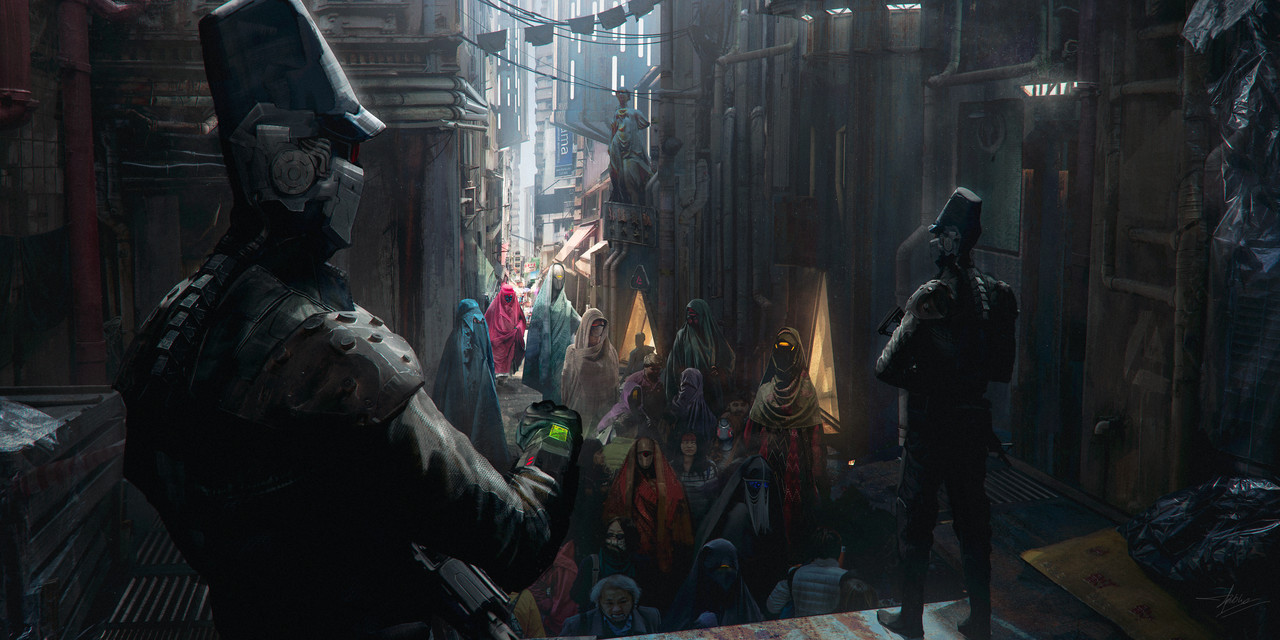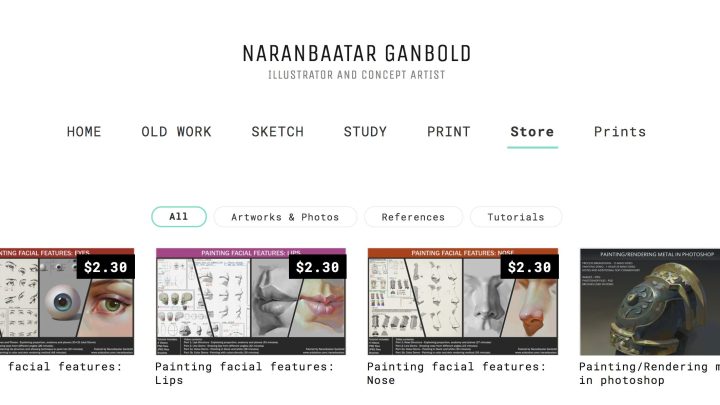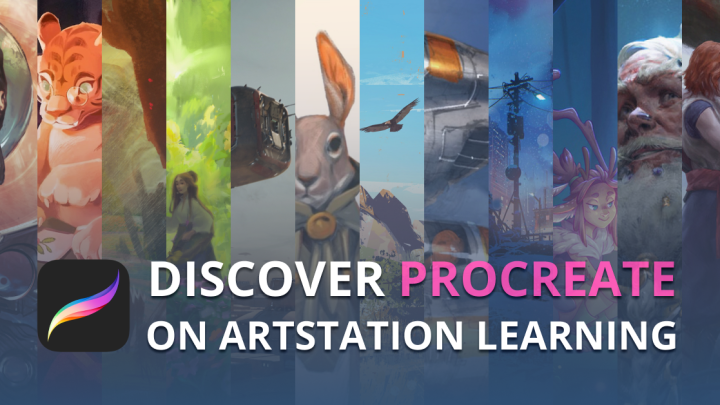
ArtStation Community Challenges are all about challenging yourself to create amazing work for your portfolio while learning and creating connections along the way. In the most recent Beyond Human Challenge, artists really brought their A-game to produce some truly inspiring work.
For the Keyframe Concept Challenge, participants were asked to create four keyframes which show key narrative beats in theirstory that fit within the theme of the future of humanity. The goal was to tell a compelling story that draws us into the time, the people and the drama of their future of humanity.
We interviewed Beyond Human Challenge winners Kunrong Yap, Efflam Mercier and Pablo Dominguez to share their strategy, experiences and tips so that you can prepare for the next one!

How did you decide what story you were going to tell?
Kunrong: When I thought of Beyond Human and saw the challenge banner, I felt like I had to do something along the lines of Bladerunner/GITS etc. I saw it as a real challenge to be unique and try to come up with a fresh interpretation of the theme. The only first real notion I had then was to create something god-like which is beyond human. I really didn’t think much about how and what I wanted to create. If you check out my process you might find that it was quite organic and only managed to get where I was by visual brainstorming pretty much aimlessly (for 1-2weeks). I then slowly built a mental image of how I was going to create a story based on a king larger than life. I enjoy reading history a lot and as I went about the challenge, I started fusing them with Persian history of the king of kings. Almost throughout history, many kings/conquerors have tried to justify themselves by notions of being literally divine. I took a lot of motifs from that trying to build on how one could look like a deity on Earth and presented it in a fantasy/sci-fi setting.
Efflam: The story was inspired partially from the short story “Long Shot” from Vernor Vinge and the novel “Seveneves” by Neil Stephenson. It’s also inspired by my own clumsy attempts in writing, with very similar themes of off-world colonization, ectogenesis, etc. I think there are a lot of stories about interstellar travel and exploring conflicts between colonies, but there’s rarely stories about the survivors and settlers trying to rebuild civilization by themselves on another planet.
Pablo: I was inspired by the superpopulation problems for the future and genetic science. I also thought of BladeRunner, Incal, Metabarons…
What was the most challenging part for you?
Kunrong: It was really challenging to try and do 4 keyframes with no previous pre-production work done. I felt like I needed to tell a story that was easy to understand but did not fall into generic patterns. In order to avoid that, I felt I had to create visions of original designs, even if it was just hints of them for me to convey the story through composition and visual storytelling. It was extremely challenging to ‘design’ without designing anything. I felt what really helped was the use of shape languages and visual cues to try and convey the so-called features of the story.
Efflam: Painting humans is always a challenge and getting a simple readable composition is hard too. It’s easy to take a part of your story and illustrate it but what’s hard is to encode exactly the message that you want to communicate to your audience using visuals. For example, I don’t think my keyframe #3 did a very great job of storytelling. Without reading the context, some people might think it’s an experimentation lab, and those two are scientists for example, (when in reality it’s more about a messed up version of parenthood and birth). The last frame works much better. At first glance you see the man in a spacesuit and his daughter with no suit and that’s simple storytelling.
Pablo: The most challenging part was trying to create awesome pieces between my job in short time periods!
Were there any other submissions that you were following or stood out to you?
Kunrong: I really enjoyed the submission
Rebecca Oborn was putting out as it looked really original and full of life. It was an eye opening experience for me as many artists were sharing their technical processes.
Efflam: I think
Pablo Domingez made a really cool keyframe #3.
Yuriy Chemezov couldn’t finish on time but his first keyframe was solid storytelling, if he finished all of them to that level he would have won for sure.
Lots of good stuff overall.
As a first time challenger or returner, what was your strategy coming into the challenge?
Kunrong: I was a first time challenger and I honestly didn’t think much about the challenge until it hit me that I have to complete it before the deadline. I think I joined when it was one week in, meaning I had only three weeks to complete the submission. All I knew was that by the end of three weeks I needed to have a visual solution and I was not keen to give up. During the first week I spent my lunch times and evening just brainstorming visually by doing as many quick sketches as I could. After 1.5 weeks of brainstorming, I managed to build a pile of sketches which I then went in and see if I could pick out a few that ‘made sense.
Efflam: This was my time trying out a challenge! My strategy was pretty simple: I wanted the 4 pieces to flow nicely story wise, so I tried to choose the 4 most important moments and started sketching all of them simultaneously on paper first, that way I wouldn’t end up with an inconsistent story. I think my mistake is that I wanted to go with something a bit more subtle than I usually do, ( by that I mean less explosions and robots and stuff), but subtlety is hard, you have to be good to handle that stuff.
That would be if my strategy was to win but my strategy was more like “oh I haven’t made any paintings in way too long, this should force me to actually do the paintings and post them”. So I wanted to practice going a bit more subtle and that way next time I will do better.
Pablo: It’s my third ArtStation Challenge and my second one coming in the top 3 so I’m so happy to be third place again! My strategy was simple: having a lot of fun while creating the pieces and disconnecting from work.
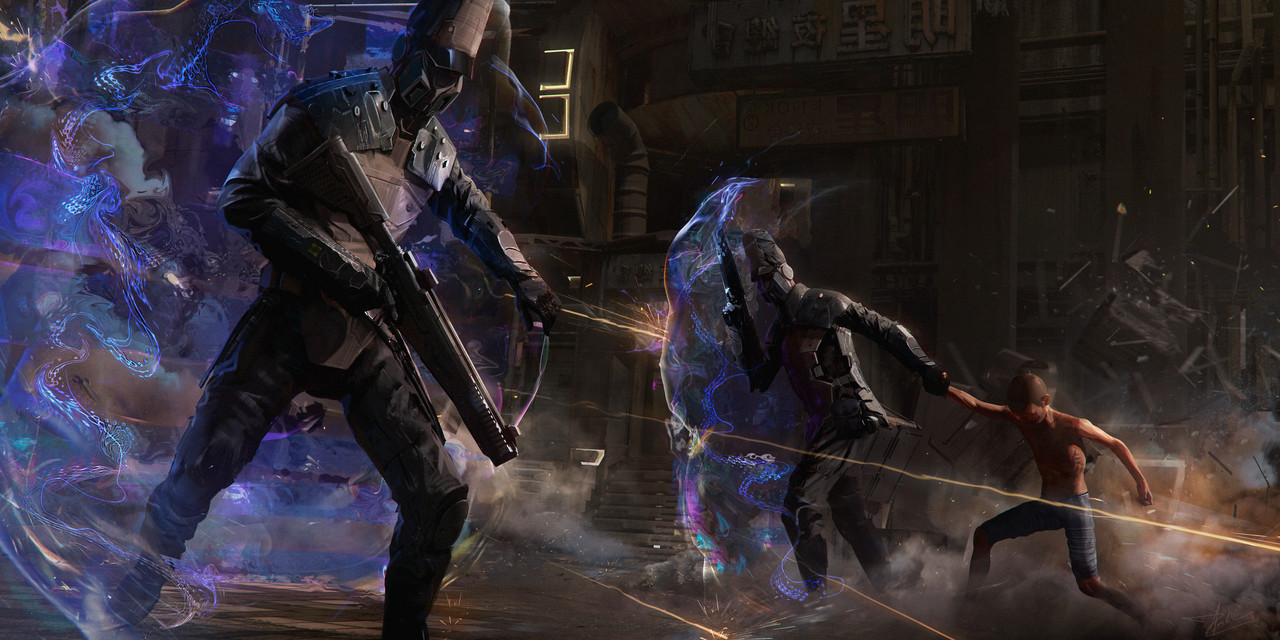 Any tips for future challengers?
Any tips for future challengers?
Kunrong: I guess just enjoy the challenge! It was certainly a great way to challenge myself and having a deadline means having to produce and finish solid work on time.
Efflam: I think this is good practice overall. The challenge is, “can you do it ?” more than “can you win?”
Instead of doing your usual stuff, feel free to try things out and try writing the story before drawing for example and you might actually discover you enjoy writing. I would recommend to plan the multiple key-frames together so they flow nicely. You can also vary the focal lengths and angles like they do in film. You can take a famous film sequence and study how the transition from shot to shot works. Break it down. How could you illustrate the 4 most important shots of an entire sequence or movie, and still get most of the story across? I believe the keyframe challenge is all about doing that to your own story.
Pablo: I think taking part in the challenges is great because you learn a lot and you are part of this community. As always, the most important thing is have a lot of fun creating awesome pieces!
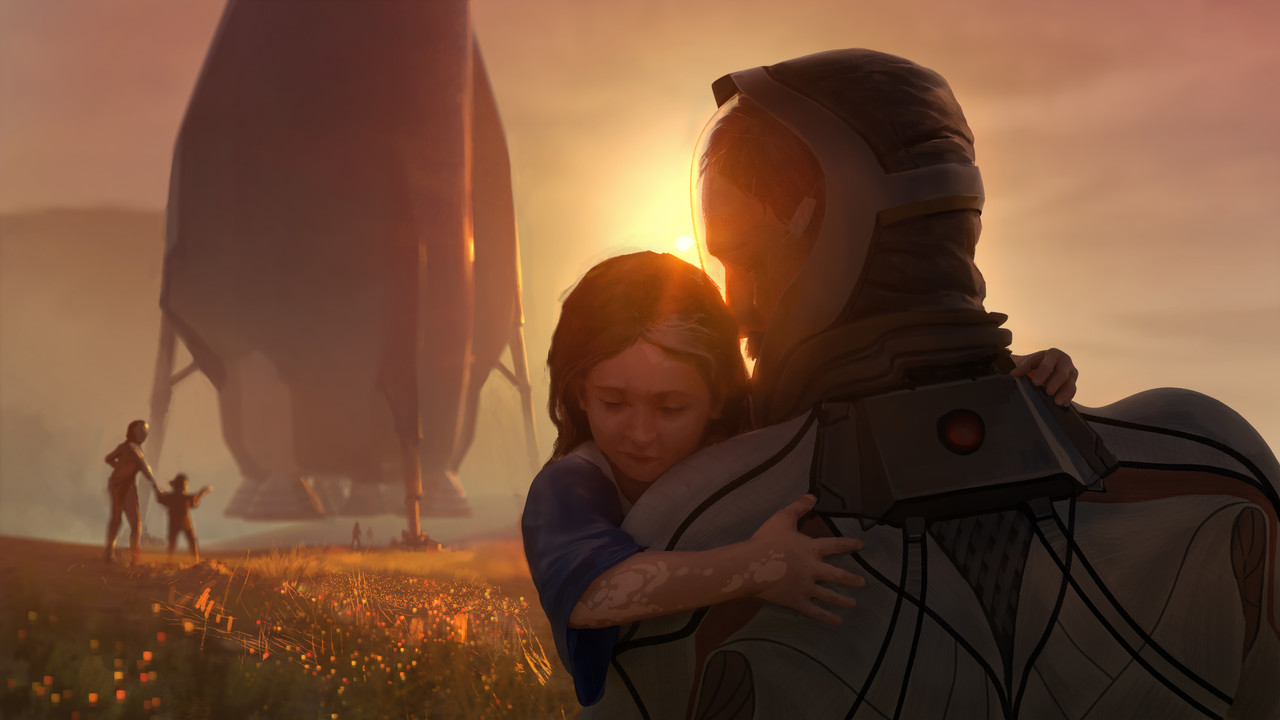
 Any tips for future challengers?
Any tips for future challengers?

